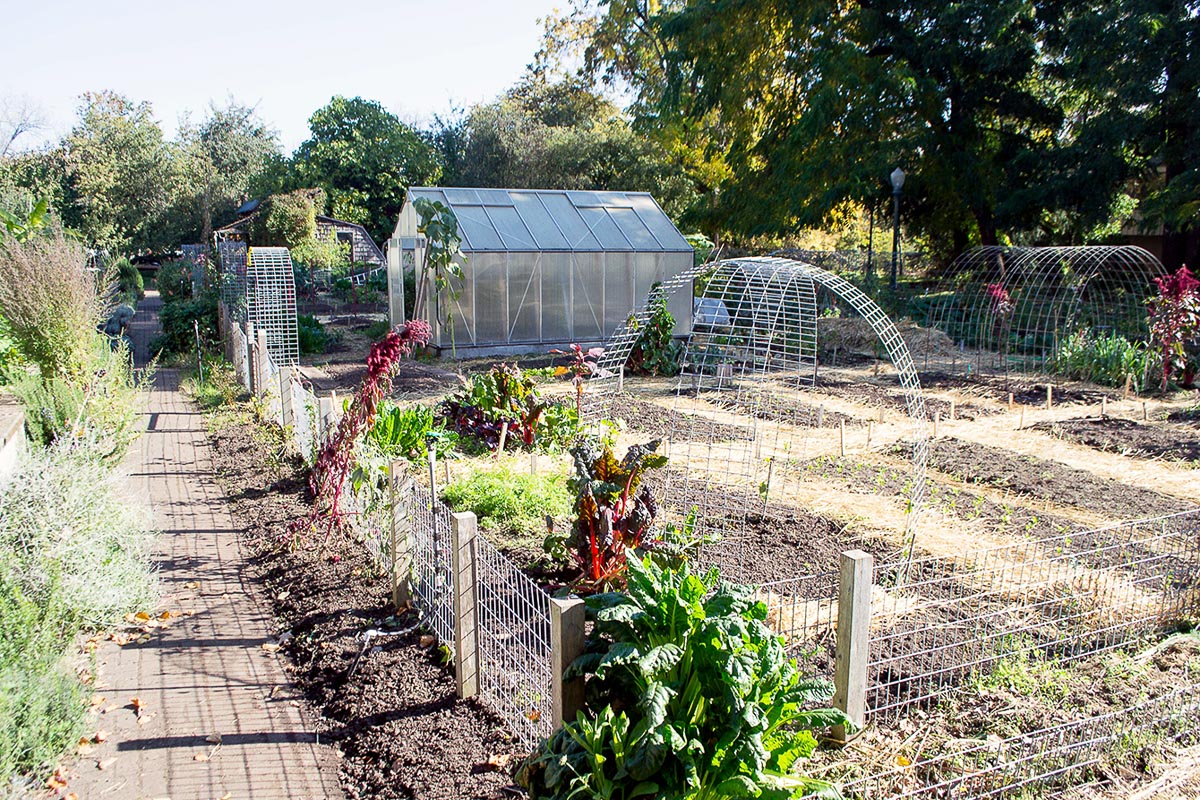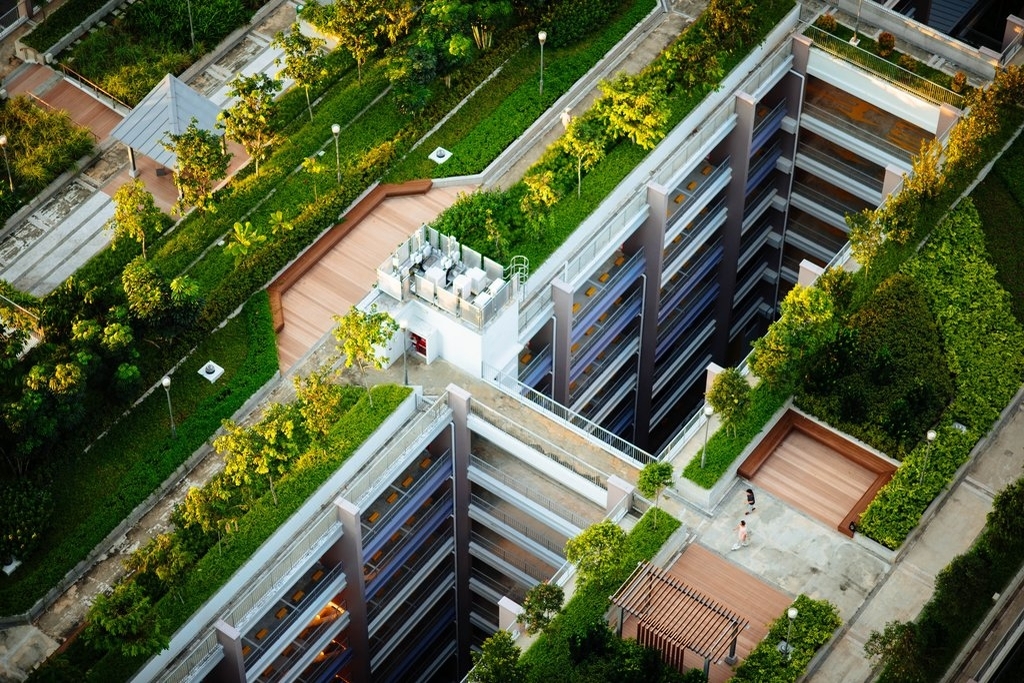The City Blooming Diaries
Table of ContentsCity Blooming Can Be Fun For EveryoneCity Blooming for BeginnersLittle Known Questions About City Blooming.The Definitive Guide to City BloomingCity Blooming for Dummies
Intrigued in growing food available for sale in the City of Chicago? Considering beginning an area yard? Adjustments to the Chicago Zoning Statute enable agricultural usages like area gardens and metropolitan farms in many components of the city. Below is a listing of often asked questions pertaining to the regulations and guidelines that growers need to consider when intending a metropolitan farming job.
The zoning change does not customize any other codes handling composting, structure authorizations, purchasing or leasing City possessed residential or commercial property, organization licenses or ecological contamination. There are existing codes that regulate these problems and they remain in complete impact and might be relevant to your project. Community yards are usually possessed or handled by public entities, civic companies or community-based companies and kept by volunteers.
Urban farms grow food that is intended to be offered, either on a nonprofit or for-profit basis. Due to their industrial purpose, city farms call for a company permit.
The Basic Principles Of City Blooming
The amount of compost material can not exceed 25 cubic lawns at any provided time according to the criteria in 7-28-715 of the City's Municipal Code. Due to the fact that the soil at the majority of new yard sites needs amending, compost, dirt, wood chips, or other materials can be obtained to build or improve the growing room.

If a structure authorization is required then the hoophouse will certainly be thought about an accessory structure. You can figure out even more regarding the building permit demands by speaking to the Division of Structures. The 25,000-square-foot dimension limitation is intended to avoid a single area yard from dominating an offered block or interfering with the block's existing residential or commercial character.
The limit does not use to yards situated in Public Open Area (POS) districts. Can there be more than one area yard that is 25,000 square feet on a single block? Fencing is not required, nonetheless, yards that have big car park locations might be required to mount fencing or other landscaping features.
Top Guidelines Of City Blooming
B1 & B2 districts need that all business usage activities be conducted inside. Is fence required for urban ranches? Fencings might be required, along with landscaping and testing, for certain auto parking locations and outside job or storage areas depending on area and the certain activity taking place.
Urban farms need building authorizations and zoning authorizations prior to construction (indoor plants). Other forms of city review may be required depending on certain structures, tasks, size, landscaping, licensing, public health and stormwater management issues.
Yes. The kind of certificate is figured out by what is happening at the website. The Department of Business Affairs and Customer Security can aid identify the details type of organization license that's called for. Yes. Off road auto parking is needed for many business tasks in Chicago. The needed variety of car park areas is based on the number of workers working with site and not the square footage of the expanding area.
City Blooming Can Be Fun For Everyone

A metropolitan ranch can sell compost click to read more product produced on site, nevertheless, the procedure has to abide with the regulations in 7-28-715 of the Chicago Municipal Code. Aquaponic systems are permitted indoors on metropolitan farms in lots of zoning districts.
As much as 5 hives or colonies of honey may be maintained as an accessory usage. Beekeepers need to sign up with the Illinois Division of Agriculture. To learn more concerning the recommended zoning change you might call the Department of Real Estate and Economic Development, Bureau of Planning and Zoning at 312.744.8563.
Farming in cities and urban areas A metropolitan farm in Chicago. Urban farming describes numerous techniques of growing. https://www.edocr.com/v/rklelljq/danielnold94107/city-blooming, handling, and distributing food in metropolitan locations. The term additionally relates to the area activities of animal husbandry, tank farming, beekeeping, and gardening in an urban context. Urban agriculture is identified from peri-urban farming, which happens in rural areas beside residential areas.
About City Blooming
, who look for to create social networks established on a shared values of nature and neighborhood holism. These networks can develop by way of formal institutional support, becoming integrated right into neighborhood community preparation as a "shift community" motion for lasting urban development.
Some of the first evidence of city agriculture comes from Mesopotamia.